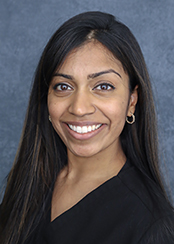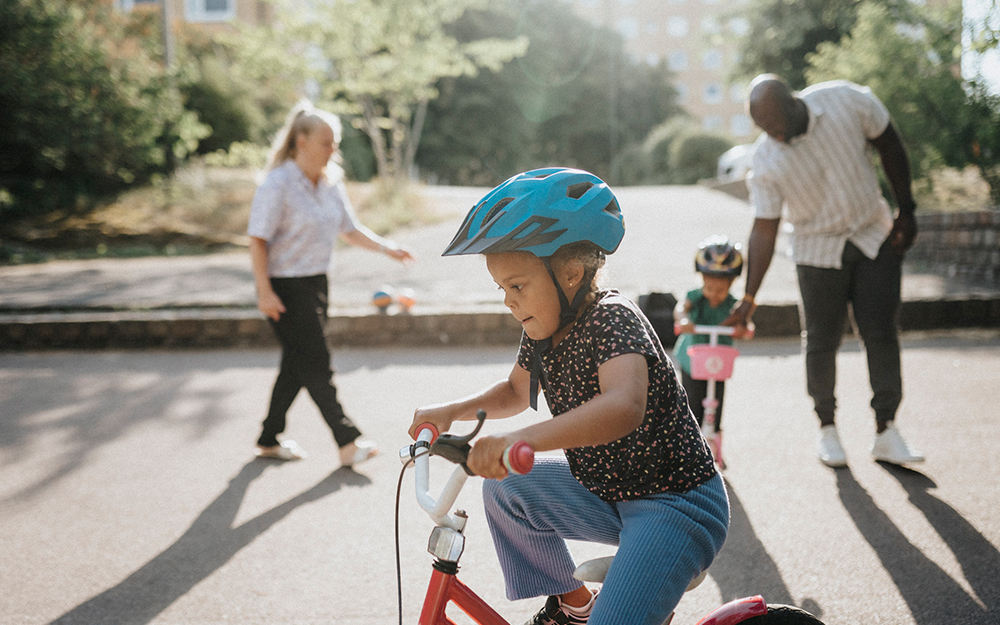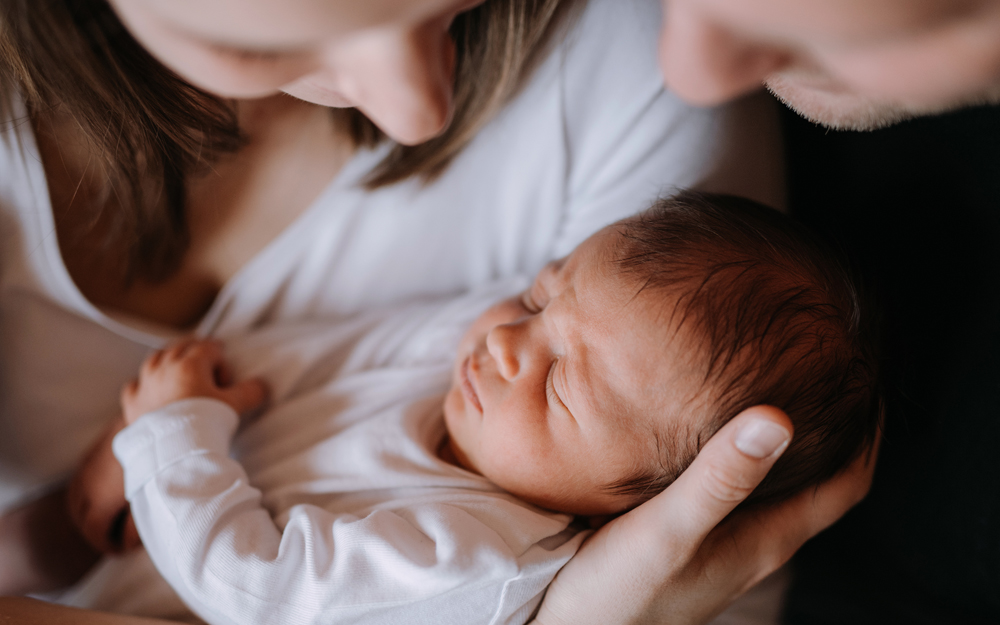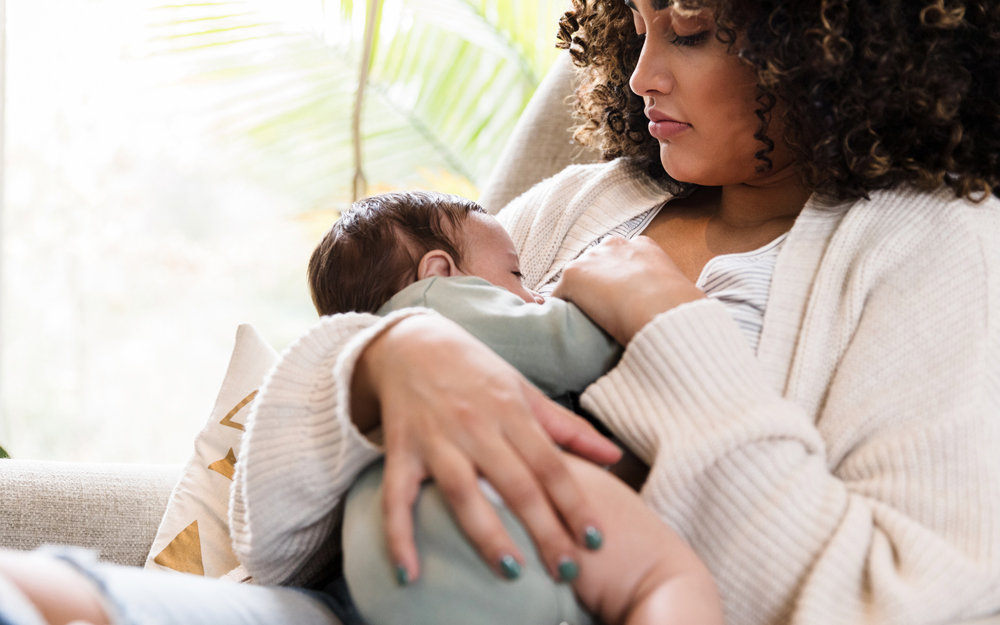How to Treat Sleep Apnea in Children
Date
February 20, 2023

Date
February 20, 2023
Credits
Medical providers featured in this article

In Brief
{{cta-block}}
If your child sounds like an elderly person snoring—or a freight train—when they sleep, they might have pediatric obstructive sleep apnea. That’s right, kids can have sleep apnea, too.
"It’s surprising to a lot of parents that it’s possible for children to have sleep apnea," says Dr. Abhita Reddy, a pediatric otolaryngologist (ear, nose and throat specialist, or ENT) at Cedars-Sinai Guerin Children’s.
Sleep apnea is a condition where breathing stops or slows for periods during sleep. Many people who have sleep apnea snore, but not all people who snore have sleep apnea. Obstructive sleep apnea, the type discussed here, occurs when the airway is partly or fully blocked for some period during sleep. Obstructive sleep apnea is estimated to affect about 1% to 4% of children.
{{providers}}
How can I tell if my child has sleep apnea?
Children with sleep apnea will often have a loud snore (not a soft, cute one) or may gasp for air or stop breathing for a brief time while sleeping. But they may have symptoms beyond snoring. They may wet the bed (despite normally good bladder control), go from being a happy kid to being irritable, be sleepy during the day or may start having problems (including inattention) in school.
Because sleep apnea can present in a number of ways, it’s important for parents to pay attention to behavioral changes and not solely focus on breathing during sleep.
"Not all children who have sleep apnea have symptoms that are as obvious as those events where they pause or gasp at nighttime," Dr. Reddy says.
"It’s surprising to a lot of parents that it’s possible for children to have sleep apnea."
When should parents talk with a doctor?
If you think your child might have sleep apnea, reach out to your pediatrician. It’s important to note that sleep apnea sometimes presents as ADHD or ADD and can be misdiagnosed, which is another reason parents need to report changes in behavior along with other symptoms.
Dr. Reddy says parents of children who snore loudly and/or stop breathing may want to make an audio recording of their child’s sleep pattern for their doctor, who may refer them to a pediatric ENT.
What are the causes or risk factors of sleep apnea?
Sleep apnea can occur at any age, but is most common between ages 2 and 8 during the period of peak tonsil growth.
Children with sleep apnea typically aren’t overweight and are developmentally appropriate, explains Dr. Reddy. However, obesity is a risk factor for sleep apnea in children.
There are two reasons children may have obstructive sleep apnea. The first occurs when there’s not enough space in the back of the throat for air to flow easily into their windpipe to get into their lungs. This is commonly caused by large tonsils or adenoids but can also be caused by craniofacial disorders.
The second is often caused by neuromuscular problems, where the child doesn’t have normal muscle tone and the back of the throat collapses as they try to breathe. Children with Down syndrome are more at risk, with an estimated 53% to 76% having sleep apnea.
What are the treatments for sleep apnea in children?
Mild sleep apnea (which can be caused by allergies or enlarged tonsils or adenoids) can be treated with an oral medication, such as montelukast or different types of nasal steroid or antihistamine sprays. Sometimes, your doctor may elect to closely observe children with mild sleep apnea to ensure improvement with time. Dr. Reddy says that medications are usually prescribed for four weeks and then re-evaluated to determine if longer-term therapy is needed.
For children who have moderate to severe sleep apnea, the gold standard of treatment is to remove part or all of the tonsils and the adenoids. Surgery to remove part of the tonsils (intracapsular or partial tonsillectomy) often has a shorter and less painful recovery time than complete removal, though there is a small chance that the tonsils will grow back (from 0.5% to 16.6%).
Other treatment options for sleep apnea
Continuous positive airway pressure (CPAP) machines can also be a treatment option for patients who have already gotten a tonsillectomy and adenoidectomy but still have significant sleep apnea. CPAP machines can be used with children of any age who use nasal and facial masks specifically designed to fit a child.
"CPAPs tend to be generally reserved for patients who have some sort of comorbidity, like a neuromuscular disorder or a craniofacial disorder," Dr. Reddy says.
She adds that some children who have mild sleep apnea may be medically managed and may not necessarily need surgical therapy. Children who tend to have moderate and severe sleep apnea, however, often don’t get better until they have surgical treatment (removing part or all of the tonsils and adenoids).





